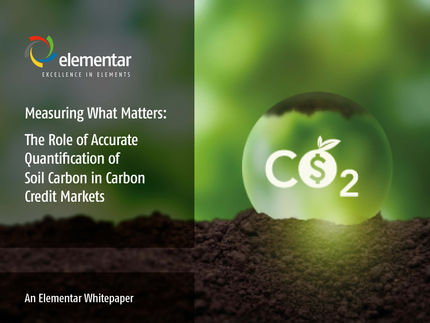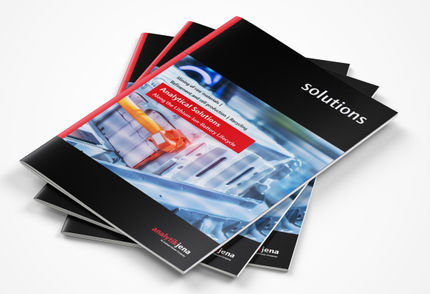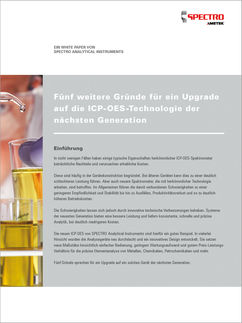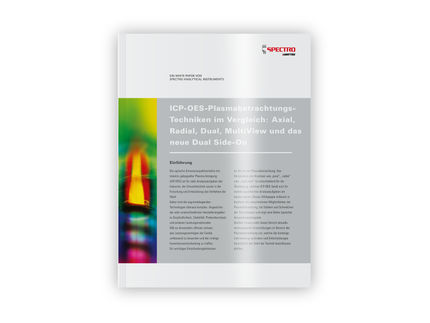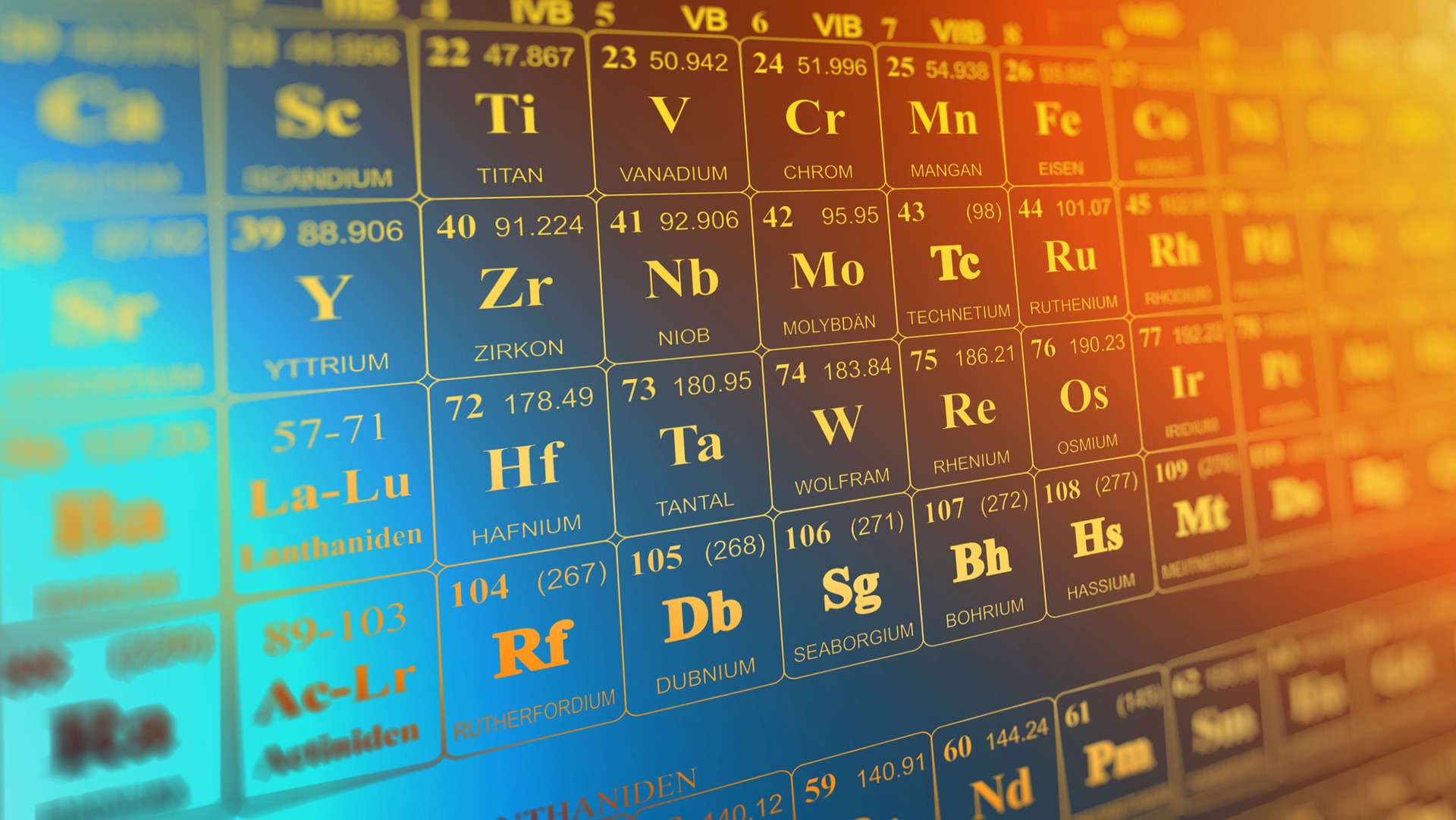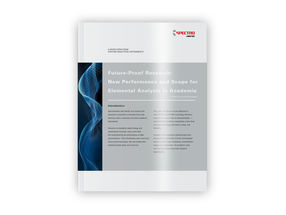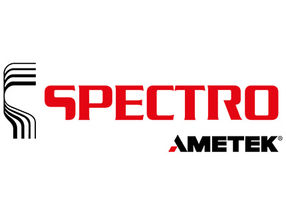
SPECTRO Analytical Instruments
New performance and scope for elemental analysis in academia
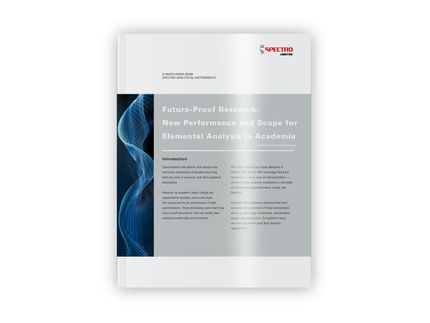
A new class of spectrometers offers unique new performance and flexibility
Elemental analysis instruments are often optimized with certain discrete applications in mind. For example, many analyzers employ inductively coupled plasma optical emission spectrometry (ICP-OES) technology. However, as these popular instruments have developed over the years, manufacturers have tended to equip most models with one selected plasma viewing technique (radial and axial are the two main options). Each option trades off certain performance characteristics in favor of others. Unfortunately, this results in an inherently compromised system: one best suited for certain applications and not others, and thus unduly specialized for a specific set of tasks. Another widely used technology class, energy-dispersive X-ray fluorescence (ED-XRF) spectrometry, often suffers similar issues.
Instead of the compromised, overspecialized ICP-OES and ED-XRF instruments that many university labs have applied in the past, a new class of instruments has improved on these technologies to eliminate most of their constraints. They offer unique new performance and flexibility that’s already been successfully applied by a wide range of university and institutional users.
Advertisement




